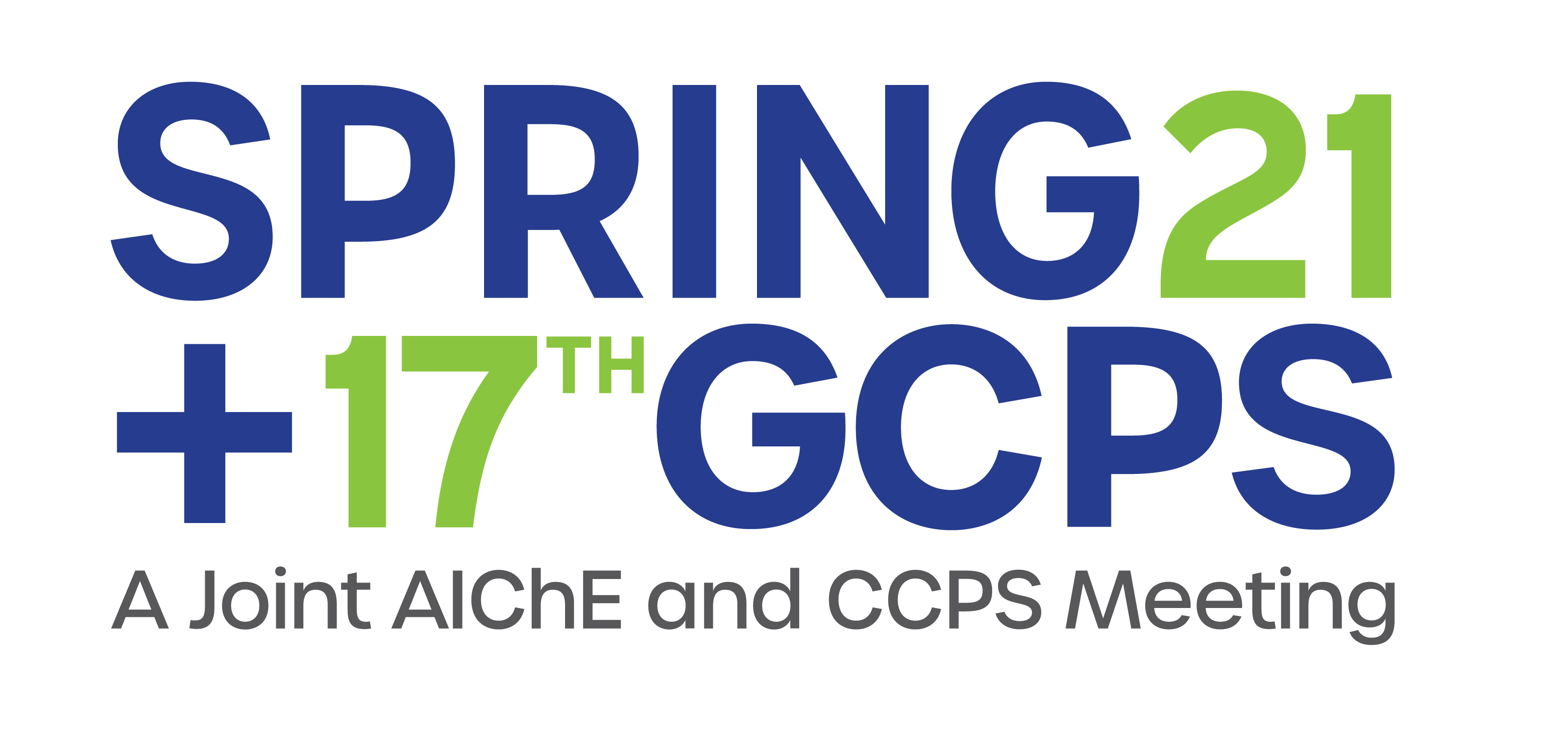

One of the challenges during the optimization of a distillation configuration is the complex and inter-connected vapor-liquid equilibrium (VLE) equations. Shortcut methods (such as the classical Underwood and Fenske methods) often assume constant relative volatilities to overcome this computational challenge. However, relative volatilities can vary widely for a multicomponent mixture. Building upon prior works [3,4], we propose a three-step parameter estimation approach to determine the best set of values for this assumption [5]. The key insight is to treat relative volatility as a mathematical parameter, whose value is to be determined by fitting so that the surrogate VLE is as close as possible to the true VLE. We demonstrate that this approach generates relative volatilities that can effectively capture the true VLE for a four-component paraffins mixture.
To separate this mixture, we identify energy-efficient distillation configurations which utilize heat integration, by using the generated relative volatilities in an optimization formulation that we developed. During the modelling of heat integration, feasibility of heat transfer must be checked, and is traditionally performed by comparing temperatures. However, temperatures are costly to calculate during optimization. Taking advantage of the constant values of relative volatilities in our formulation, we develop shortcut criteria to check for feasibility of heat transfer in a manner that is computationally cheaper than the use of temperatures.
- Shah, V. H., & Agrawal, R. (2010). A Matrix Method for Multicomponent Distillation Sequences. AIChE Journal, 56(7), 1759–1775.
- Madenoor Ramapriya, G., Selvarajah, A., Jimenez Cucaita, L. E., Huff, J., Tawarmalani, M., & Agrawal, R. (2018). Short-Cut Methods versus Rigorous Methods for Performance-Evaluation of Distillation Configurations. Industrial & Engineering Chemistry Research, 57(22), 7726–7731.
- Anderson, N. J., & Doherty, M. F. (1984). An Approximate Model for Binary Azeotropic Distillation Design. Chemical Engineering Science, 39(1), 11-19.
- Tumbalam Gooty, R., Mathew, T. J., Tawarmalani, M., & Agrawal, R. An MINLP Formulation for Identification of Thermodynamically-efficient Multicomponent Distillation Configurations. In Preparation.
- Mathew, T. J., Tumbalam Gooty, R., Tawarmalani, M., & Agrawal, R. Quickly Assess Distillation Columns. Accepted.
